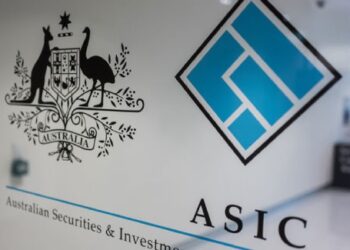In an online article, Heffron head of SMSF technical and education services Lyn Formica reminded SMSF professionals and trustees that one of the many investment rules that SMSF trustees need to comply with is the in-house asset test.
“The in-house asset test essentially restricts SMSFs from holding no more than 5 per cent of their assets in in-house assets,” said Ms Formica.
In-house assets generally include loans to related parties, investments in related parties and assets leased to related parties.
The 5 per cent in-house asset limit is first tested when the in house asset is acquired and then each following 30 June.
In the article, Ms Formica responded to a specific question involving an SMSF that lent money to a related party in October. The value of the loan was less than 5 per cent of the fund’s assets at the time, but the value of the fund’s other assets has since fallen.
In this particular case, the fund’s original acquisition, the loan made in October 2021, didn’t exceed 5 per cent (assuming the fund had no other in-house assets), she said.
“But due to changes in the fund’s asset values, benefit payments etc, the fund’s in-house asset ratio may exceed 5 per cent at the end of the following financial year (i.e. 30 June 2022),” she noted.
“This situation in itself won’t cause your client to breach the in-house asset rules provided:
- The fund prepares a written plan by the end of the following financial year (i.e. 30 June 2023), setting out the amount of the fund’s in-house assets in excess of 5 per cent at 30 June 2022, and
- The plan sets out the steps the trustee proposes to take to dispose of one or more of the fund’s in-house assets at least equal to the excess, and
- The trustee carries out the plan (i.e. disposes of the necessary in-house asset amounts) by 30 June 2023.”
Mr Formica said that in her view, even if a fund’s in-house asset level falls back below 5 per cent due to a recovery in markets after 30 June 2022, for example, the trustee will still need to implement the written plan and dispose of the “excess” amount determined as at 30 June 2022.
“If your fund’s in-house asset levels will be close to exceeding 5 per cent at 30 June 2022, it may be appropriate to consider whether it is possible for members to bring forward any super contributions to increase total assets held by the fund at 30 June 2022 thus avoiding the need to enter into a written plan,” she said.
She also noted that decreasing the value of any fund liabilities at 30 June 2022 will not impact the ratio of the fund’s in-house assets, as the relevant formula is based on the fund’s total gross assets, not the net assets.
“Don’t forget that the in-house asset rules are not the only rules to be considered when lending money to a related entity,” she cautioned.
“The trustee also needs to ensure the sole purpose of the loan was to provide benefits to members on their retirement, and the loan is made and maintained on arm’s length terms and conditions.”



The sole purpose test is pretty much impossible to satisfy anyway. Even if the SMSF has cash in the bank, the purpose of that is to help the bank lower their cost of capital, so that they can make a profit by lending that cash out at higher rates. If the SMSF invests in some shares, like in the CSL placement being done in December 2021, then the purpose of that is to give CSL the cash to buy Vifor Pharma. If the SMSF buys shares on the ASX, the purpose is to help whoever was selling the shares achieve whatever they wanted in their life, like go on holidays, or buy a house or whatever they wanted to do with the cash from the sale of the shares. So the sole purpose is never solely about retirement benefits because someone else is always getting something out of the investment no matter what.